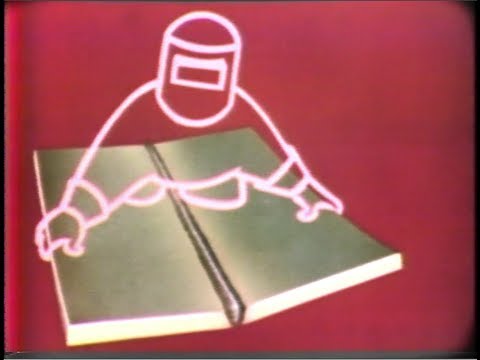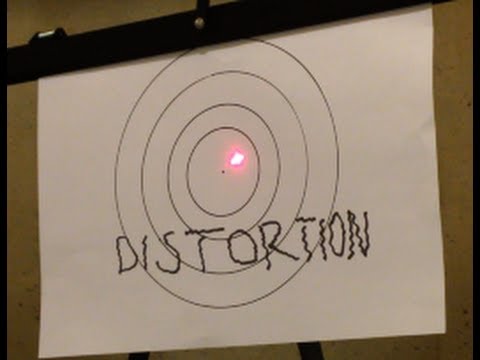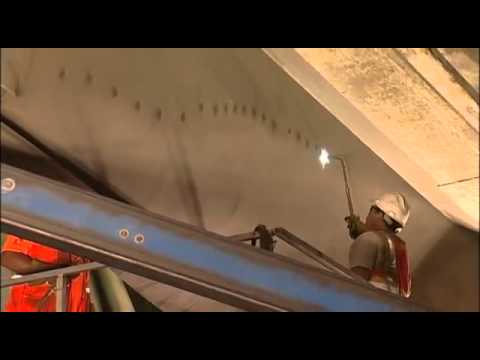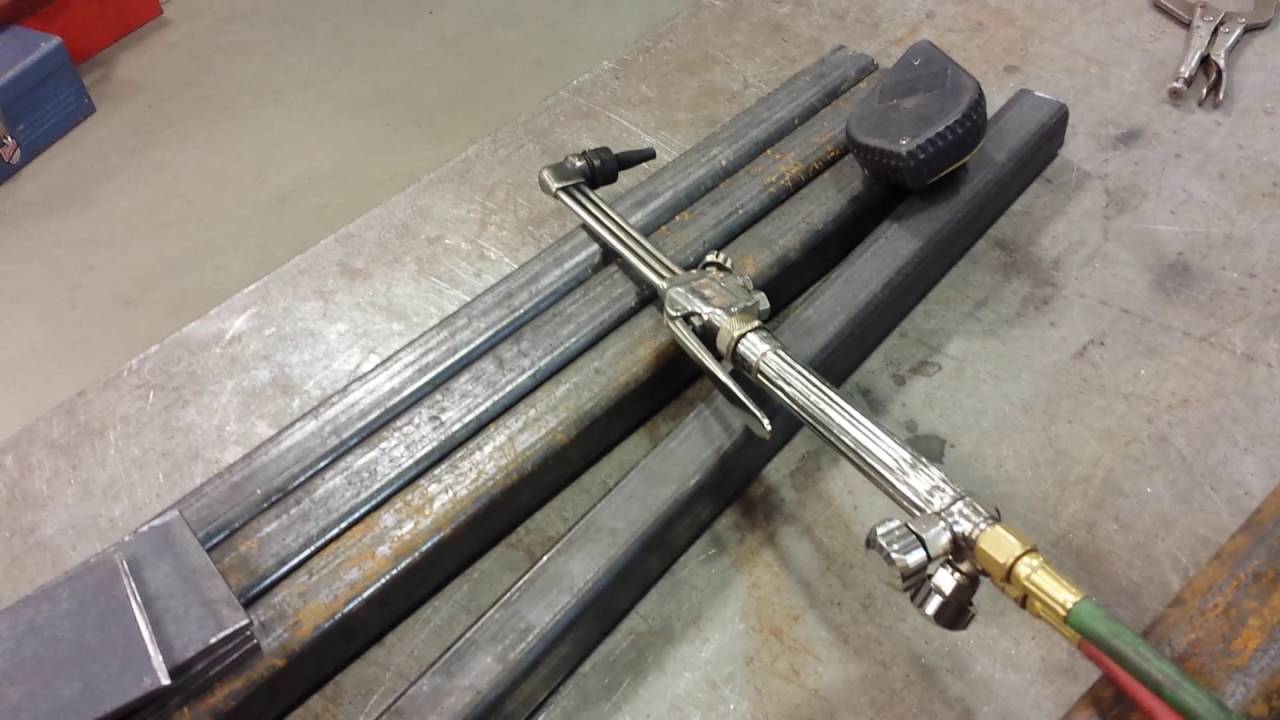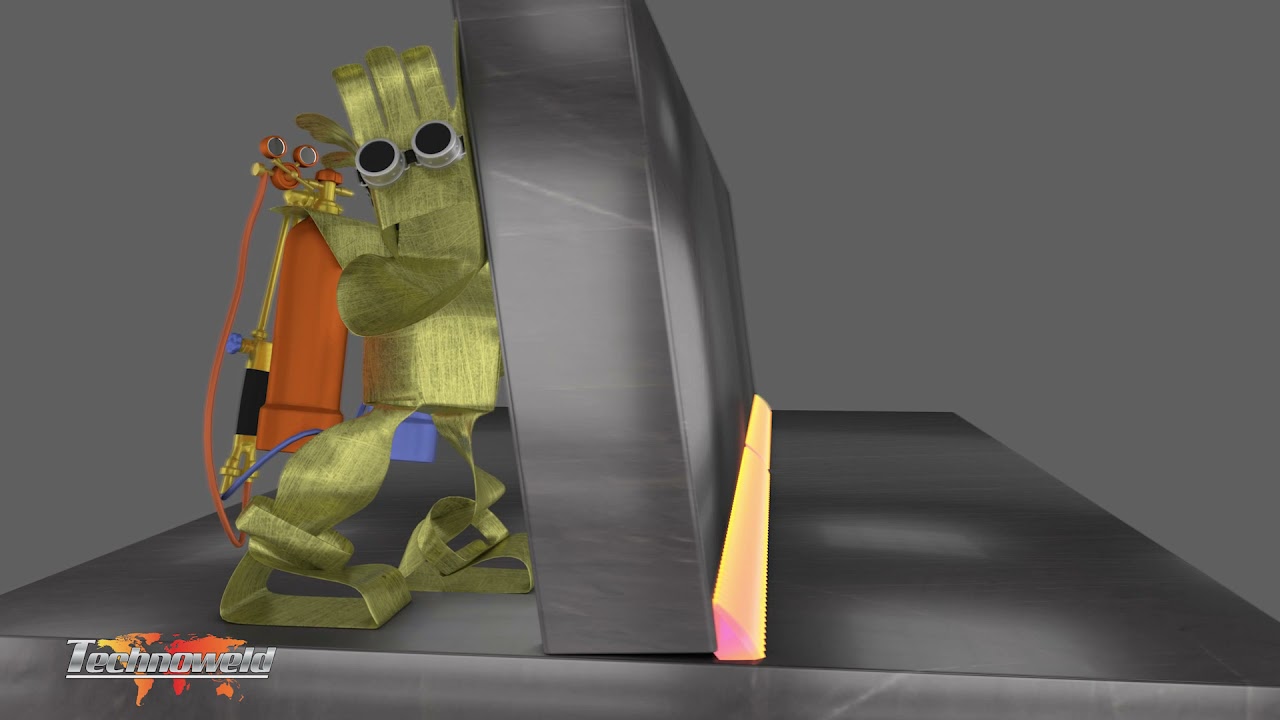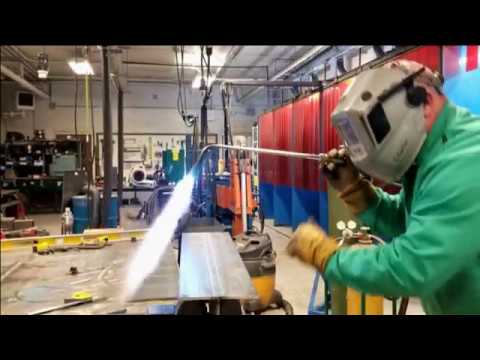4 parts, about a half-hour each. A bold claim in Part 4 about the use of fixturing for tacking as opposed to welding. He uses some really clever mechanical strain gauges in a few of his experiments.
That was very interesting… I am interested to see what others think about the claim that clamping to fixture tables should only be done for tacking.
I’ve had more success clamping my material than leaving it floating wile welding.
I bet his results would of been different if it was a actual welded joint with two induvial parts. Great discussion on the topic though.
I found these series super interesting to get a better understanding on weld distortion. I’d love to see him do more tests and experiments with actual joinery as Jason suggests.
I find it important to distinguish between the distortion from workpiece components heating/cooling and the distortion from just the weld cooling. That little bead of filler deposited very hot (and expanded!) grabs both sides of the parent material and pulls… sometimes like a demon. So tack one side, then tack the other to set two demons against each other. Once they are exhausted (i.e. cool) they will hold the two parents in (what is hopefully) the right relative positions.
I would have liked to see an animation of the center bar of the truss expanding in volume (exaggerated width and thickness) to a bulge and then cooling with much of the bulge remaining and the two ends of the heat affected zone pulling (like demons again!) as the thicker (but shorter) center bar cools.
I also would have liked some commentary on the changes in the crystal lattice structure of the steel as it is heated and cooled. Google this: “Steel in Body centered cubic vs face centered cubic” for some AI discussion.
On the subject of distortion I’ve found a few additional YouTube videos I would like to contribute for those who are interested in the subject.
Lincoln Electric " Prevention and Control of Distortion in Arc Welding"
The video suggests what occurs when materials are clamped or restricted, how the dimensions change…vs if left free.
Jody Collier (Weldingtipsandtricks) “Welding Distortion Fundamentals”
Dan R. Dalton “Heat Straightening of Bridge on 101 Freeway”
Brian Barnes “Heat Straightening Steel Square Tubing”
Technoweld Training “Distortion in Welding”
Bath Tech Welding “Welding Distortion Part 7 - Line Heat Repairs”
Enjoy the videos…
Here are some additional articles on Distortion

